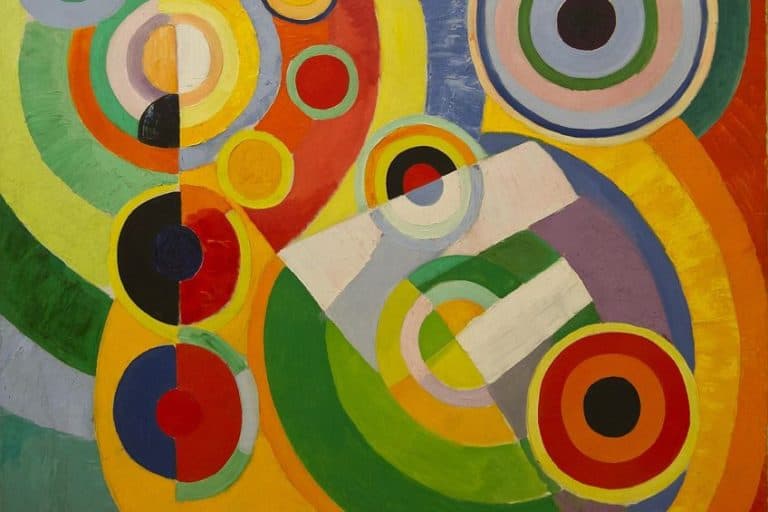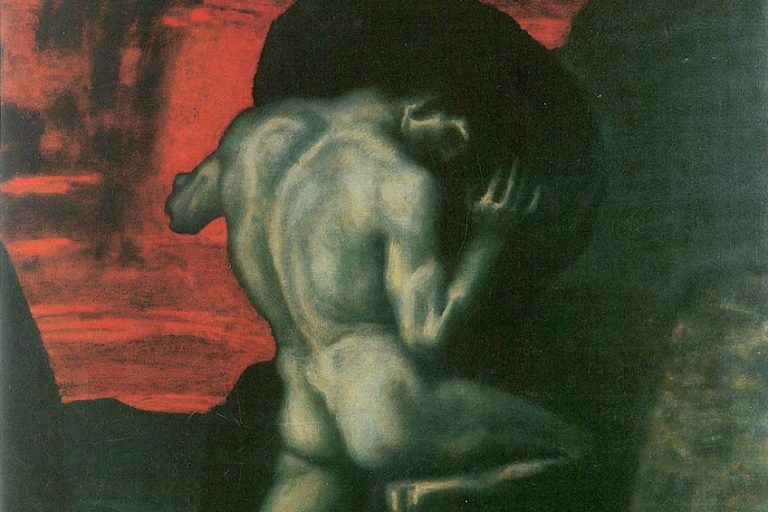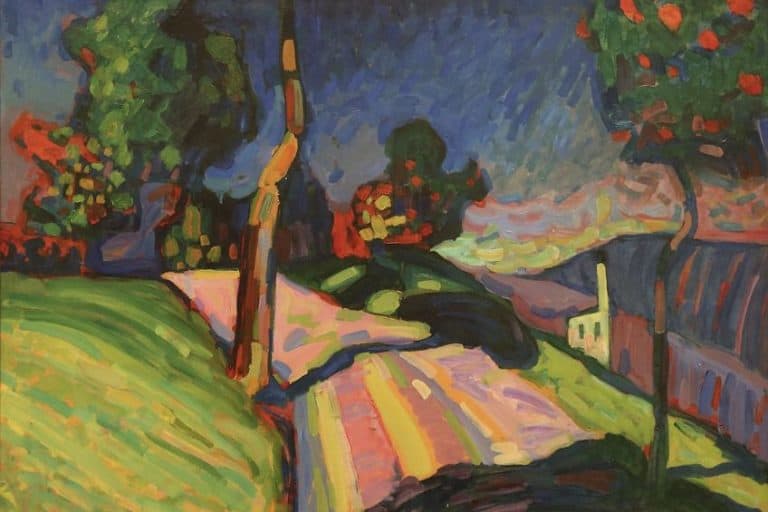Assemblage Art – Explore the Creative Art Form of Assemblages
What is assemblage art and what is the assemblage definition in art? In the early 1900s, many creatives started incorporating various objects from their surroundings into their artworks, thereby creating the earliest assemblage art examples of their era. Assemblage artists were not limited by style or medium and produced a range of assemblages from assemblage sculptures to paintings.
What Is Assemblage Art?
Assemblage artists produced mixed-media, three-dimensional assemblages that blurred the lines between everyday life and art. Artists such as Marcel Duchamp used pieces of junk and commercial products to create scathingly satirical commentaries about our modern commercially-driven culture.
This hybridized style was previously referred to as Accumulations and Combines by various artists until the term Assemblage art was coined by Jean Dubuffet in the 1950s.
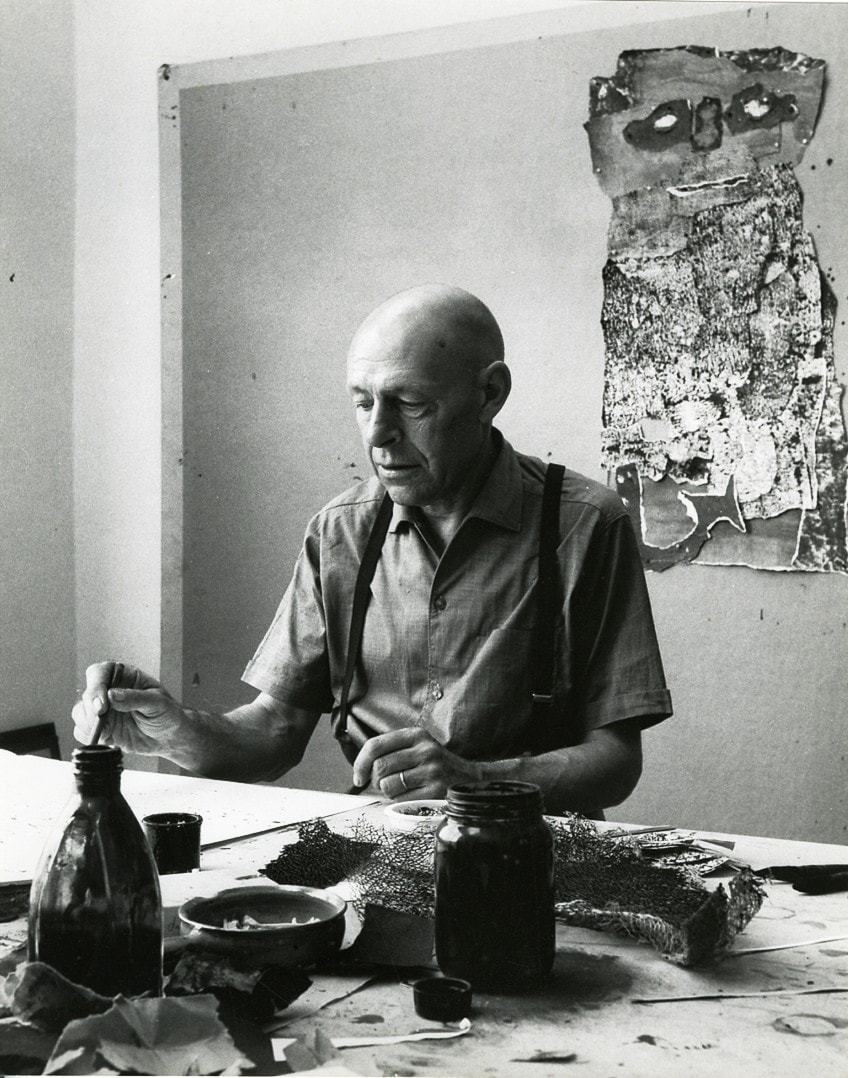
Eventually, Assemblage art examples would emerge that would push the perceived boundaries of the form into new artistic directions, resulting in Assemblage sculpture installations and innovative performance pieces.
Establishing an Assemblage Definition in Art
For many years, formal art academics were advocates of the notion of “medium specificity”, which stipulated that the various art forms such as sculpture, painting, and performance arts all adhered to their specific principles and had unique qualities and traits that separated them. Assemblage artists challenged this notion by combining various forms and styles with readymade objects.
Assemblages recontextualize everyday objects by giving them a new meaning through their novel connection to other objects in the piece, thereby elevating them from junk into art.
The History of Assemblage Art
To the traditional artists of the past, the notions of originality and authorship were fundamental to art, yet Assemblage artists brought those notions into question by utilizing premade commercial products in their pieces.
The concept of choosing objects instead of creating them subverted the conventional idea of what being an artist meant.
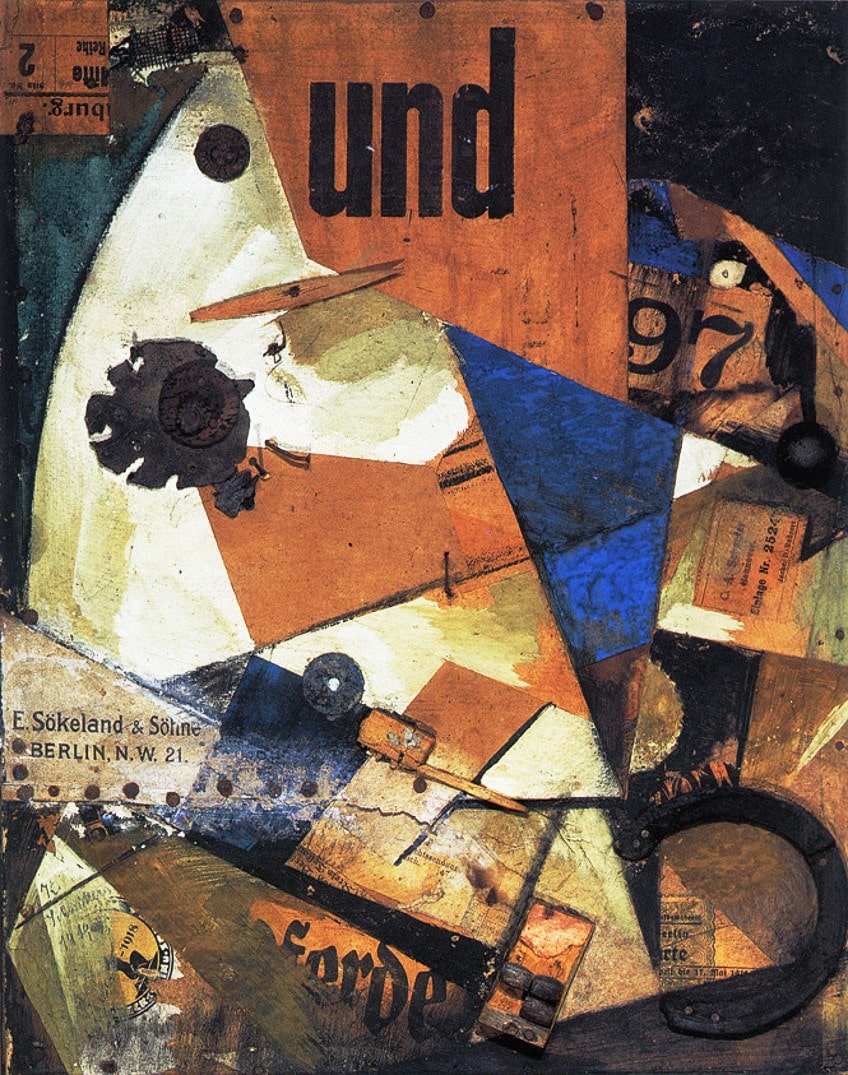
However, many of the traditional folk arts were in essence assemblage arts, and over the years the requirement for being considered an artist has become less focused on one’s formal training and more on one’s unique artistic style of execution and presentation.
Early Influences
Although the term “Assemblage art” was only first used in the 1950s it was preceded by various artistic and cultural forms that incorporated real-life objects dating as far back as the Renaissance period. Curiosity cabinets were a trend among the elite in the 1500s, with people such as Gabriel Kaltermarckt recommending that one’s cabinet should include a collection of various curious objects such as the feathers and horns of strange animals and odd trinkets from abroad.
Many cabinets would even include hybridized creatures made from an assortment of taxidermized animal parts.
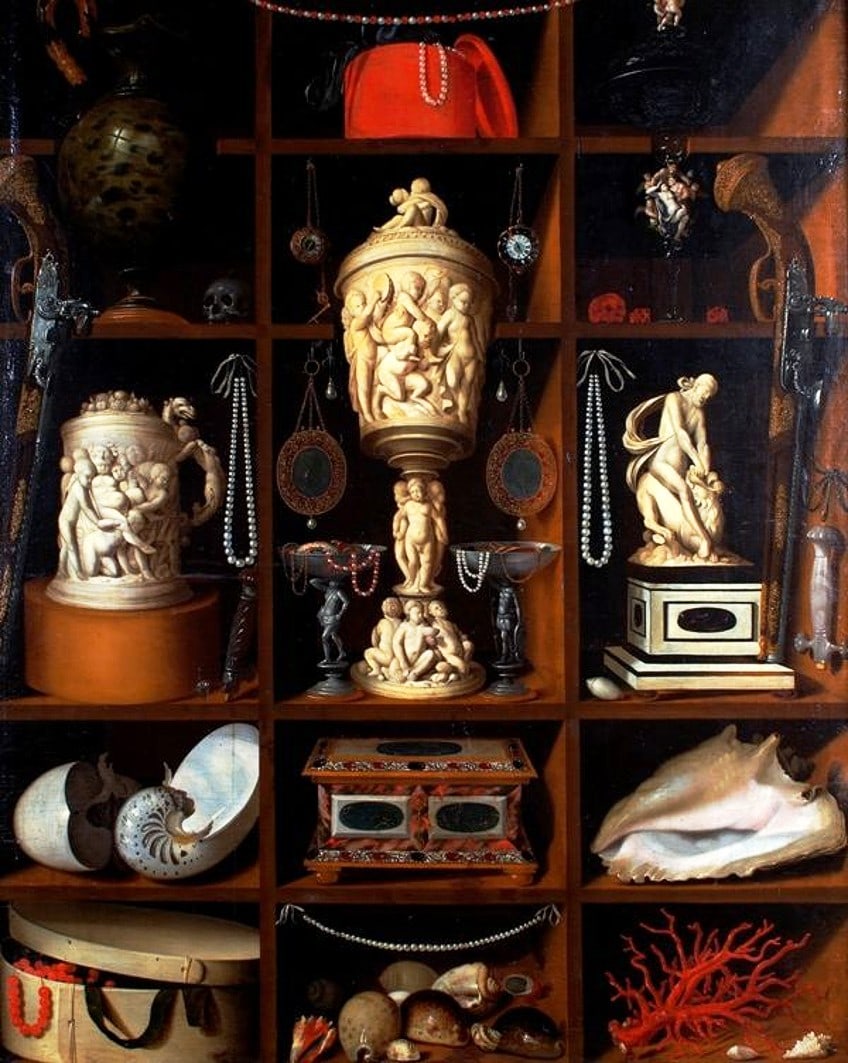
These collections would become symbols of cultural and intellectual distinction in Victorian society, and it wasn’t long before the practice trickled down to the Victorian middle class where they became a common feature in many households.
Early Assemblage Artists
The painting Still-Life with Chair Caning (1912) by Pablo Picasso featured the incorporation of a piece of rope and oilcloth in its composition and is typically regarded as the first example of collage artwork, as well as a precursor to Assemblage art. However, this is not entirely true, as Italian Futurists had already begun to create “object sculptures” in 1911. Umberto Boccioni pushed the idea of including anything that could add the “plastic emotion” of the piece, suggesting that artists incorporate up to 20 different materials in their works such as mirrors, glass, horsehair, iron, wood, and cardboard.
Unfortunately, these works were all lost to time, and subsequently, Picasso’s artwork overshadowed their importance.
Yet, they did influence the works of Vladimir Tatlin and other Russian Constructivists. Following the publication of several of Picasso’s works in Les Soirées de Paris in 1913, the artist was met with fierce criticism from both the public and reviewers who felt that the subject matter and use of untraditional materials were wholly inappropriate.
This stemmed from a growing fear that the arts were being influenced more by contemporary culture than the art traditions of the past.
Upon viewing the works, many interviewers wanted to know what medium they were meant to assign to the pieces, as they were accustomed to an artwork either falling into the category of a painting or a sculpture. He replied in return that they did not have to be one or the other and that both had been freed of the restrictions of the imbecilic notion of genres. These early Assemblage art examples represented the blurring of mediums, which would become the hallmark trait of the style.
Dada and Readymades
While Assemblages were a unique mixture of various mediums, readymades had been around for decades already, such as Marcel Duchamp’s Dadaist works such as Bicycle Wheel (1913). With works such as these, the Dadaists designated significance to each object through its placement within the piece, deciding for themselves what could be considered an artwork or not. This changed the artistic environment immensely because it took the power out of the hands of the curators and critics and put it back in the hands of the artists themselves.
This allowed subsequent generations of artists to feel free to explore mediums and materials, expanding the notion of art, and redefining what it could be.
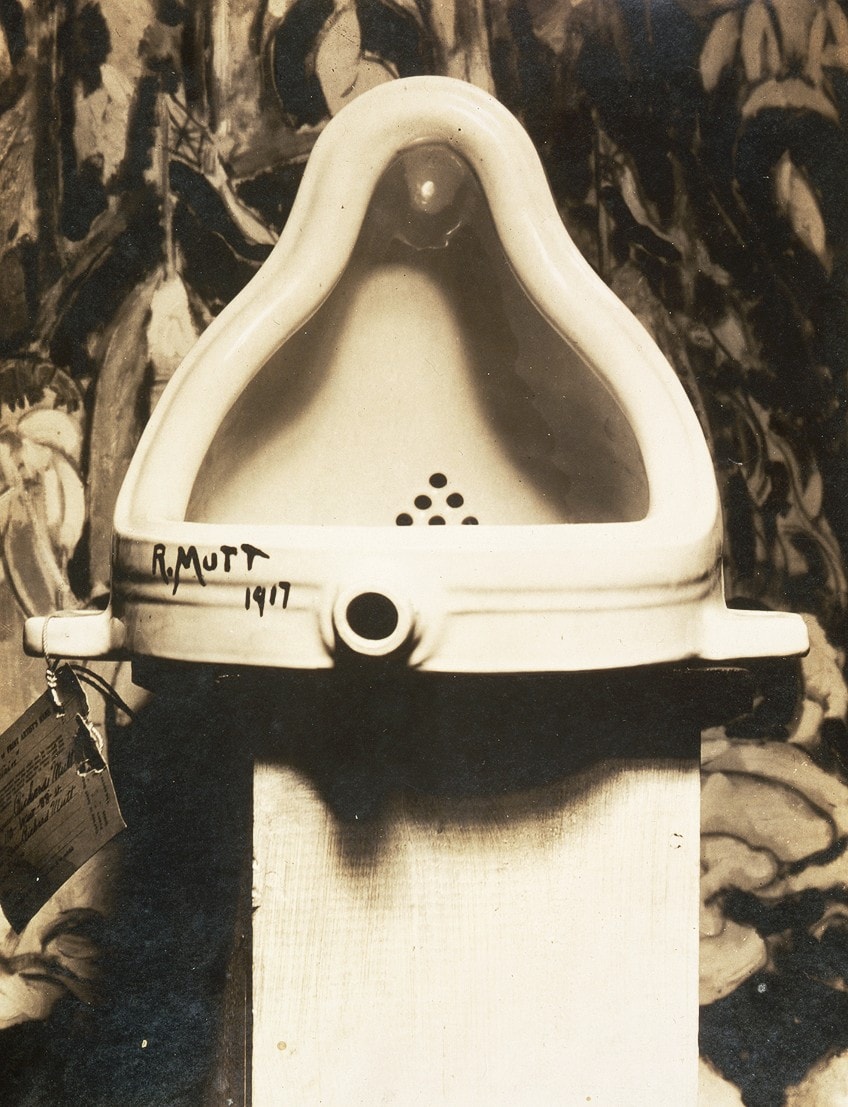
Surrealism and Assemblage
The Surrealists subsequently embraced the assemblage style of the Dadaists and incorporated it into their works, creating weird objects such as the fur-wrapped saucer, spoon, and teacup featured in Object (1936) by Meret Oppenheim. By mixing everyday objects with a surrealist aesthetic, artists were able to create Surrealist assemblage artworks that previously had only existed in their imaginations and dreams.
In the United States, Assemblage art was pioneered by Joseph Cornell in the 1930s, with his shadow boxes that featured juxtaposed objects.
International Trends
Assemblage art flourished in the 1950s, being pushed by several artists from various movements such as Pop art, Povera, and Nouveau Realism. Robert Rauschenberg was creating assemblages in the Neo-Dadaist style, which he referred to as “combines”, and the Nouveau Realism artist Arman was creating assemblages that he called “Accumulations”.
Assemblage art started to gain global recognition following an exhibition titled “The Art of Assemblage” in 1961, which was held at the Museum of Modern Art in New York.
Famous Assemblage Art Examples
Assemblage artists sought to blur the lines that divide the performing arts, sculpture, and painting, by producing works that required more of the viewer than just passive observation. They wanted to engage every sense of the viewer, and often the work even required their active participation. Assemblage art not only challenged preconceived notions about what art could encompass but also opened the doors for creatives who were not educated in the arts to enter the realm of “the artist”.
The Mechanical Head (The Spirit of Our Time) (1920) by Raoul Hausmann
| Artist | Raoul Hausmann (1886 – 1971) |
| Date Completed | 1920 |
| Medium | Dummy head, ruler, typewriter cylinder, crocodile wallet, old camera parts, nails, pocket watch mechanisms |
| Location | Musée National d’Art Moderne, Centre Pompidou, Paris, France |
This Assemblage artwork features a dummy head usually used by wigmakers with various items attached to it, such as a ruler, typewriter cylinder, and other odd objects. This is the only remaining example of Hausmann’s assemblages and was created as a statement about contemporary German culture. He remarked that most Germans only wanted what was offered to them by society, and were happy with the simple objects that were presented to him.
For the artist, to be so satisfied with whatever was simply made available to an individual by their surroundings was the equivalent of a person basing their persona on whatever random items had been glued to their empty brains by someone else.
In other words, the person’s thoughts are completely determined by external forces that have been exerted upon them. It was meant to be symbolic of how people’s thoughts were not really their own in Germany at the time but rather regulated by governing forces that used commercial products to keep the masses satisfied and docile and controllable.
Unlike most faces seen on sculptures, this one expressed no emotion, lending to the sense of robot-like behavior that Hausmann observed in his fellow Germans.
This would be the archetypal example of the image of a cyborg as a representation of the identity of the contemporary human: a hybrid organic/mechanical figure that displayed little autonomy in its decision-making processes. This idea would become a continuously discussed topic in discourses about robot-human hybridization in art and literature.
Monogram (1959) by Robert Rauschenberg
| Artist | Robert Rauschenberg (1925 – 2008) |
| Date Completed | 1959 |
| Medium | Angora goat, canvas, oil paint, brass plaque, rubber tire, metal, wood, tennis ball |
| Location | Moderna Museet, Stockholm |
This renowned Assemblage features a taxidermized Angora goat with a tire wrapped around its midriff and an abstract art piece with a tennis ball and pieces of wood. Rauschenberg was inspired to construct the piece after acquiring the goat from a secondhand furniture store, however, he spent four years experimenting with different combinations before choosing to tie the goat to the horizontal canvas as if it were a grazing pasture.
The piece provokes surprise and contradiction, as Rauschenberg stated, “I hoped to use the surprise element so that the component itself was shifted by its context and thus it became a new idea”.
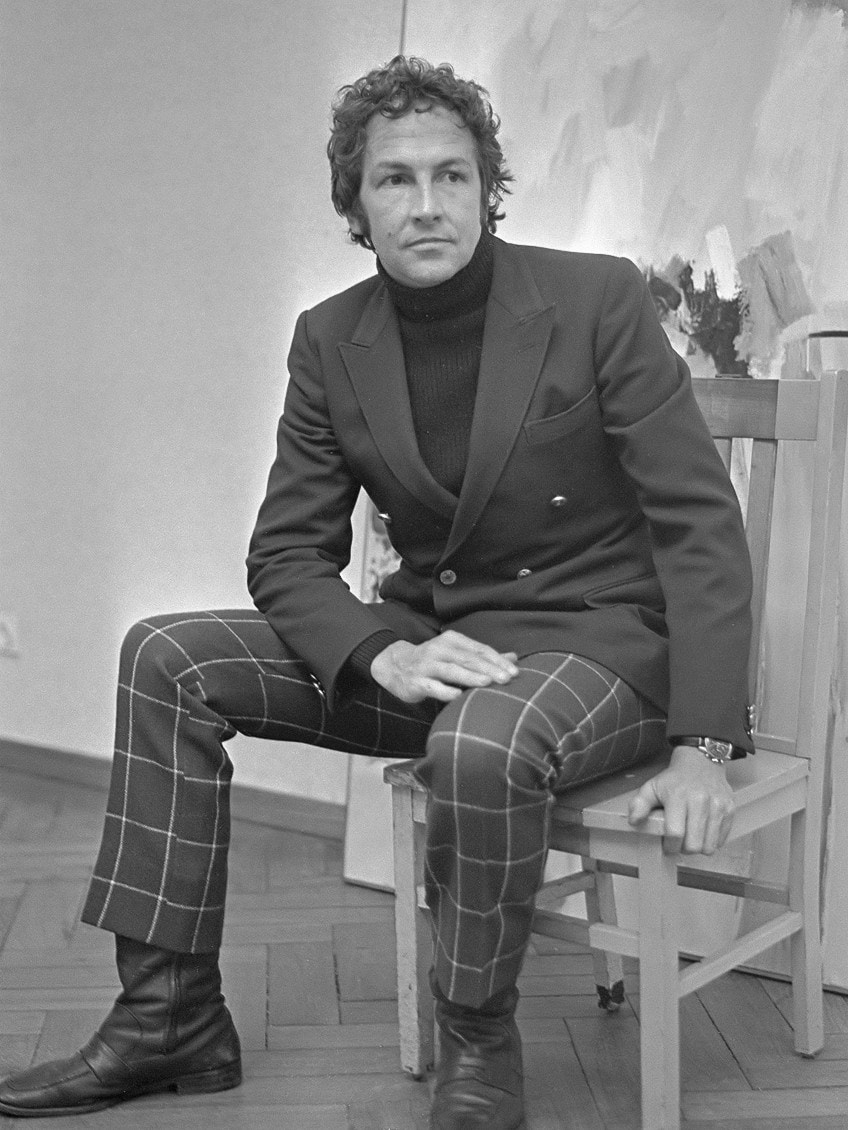
The impact of the surprising mixture is enhanced by the artist’s utilization of unmistakably real materials, as the artist stated, “I believe an artwork is more like the actual world when it’s produced out of the physical world”.
The piece represents a confluence of Assemblage’s early history, with its use of readymades reminiscent of Duchamp.
Rauschenberg is one of those individuals who, in the years following WWII, significantly revolutionized the nature of creative production by pushing the boundaries of many mediums. Rauschenberg, a pioneer of what became known as Neo-Dada, referred to such works as “combines,” or hybrids of paintings and sculpture.
Homage to New York (1960) by Jean Tinguely
| Artist | Jean Tinguely |
| Date Completed | 1960 |
| Medium | Motorized elements, found mediums |
| Location | The Museum of Modern Art, New York, New York |
This kinetic and mechanical Assemblage is made out of a go-cart, a piano, and a bathtub, as well as scrap metal, automated motors, and mechanical wheels. The 27-foot-tall, white-painted artwork was intended to be set into a weird and clanking angular action, with the mechanized parts producing a moving display for the onlookers, before an individual presses a control button which initiates an explosive within the artwork, causing it to self-destruct.
During its brief execution, a climatological balloon was inflated and then burst, plumes of colorful smoke were discharged, and paintings were created and destroyed. A recording of the artist discussing his works, and a contending screechy voice trying to correct him supplied the noisy soundtrack to the device’s self-destruction.
This played until it was unceremoniously interrupted by the fire department.
The Liberation of Aunt Jemima (1972) by Betye Saar
| Artist | Betye Saar (1926 – present) |
| Date Completed | 1972 |
| Medium | Mixed media |
| Location | University of California, Berkeley Art Museum and Pacific Film Archive, Berkeley, California |
In the 1800s, an ugly stereotypical figure of a black domestic called a mammy arose in American culture. In this Assemblage artwork, she can be seen holding not only a broom in one hand but also a rifle in the other. The artist’s idea was to empower the image of the black woman by portraying her as a revolutionary.
It was one of her first works to be politically motivated, and she spent many hours sourcing derogatory and racist objects from various yard sales to use in her pieces.
Several African-American artists turned to Assemblages in the 1960s, often as a means of expressing certain political sentiments by incorporating racist objects and images in a way that recontextualized their original meanings. In the hands of these artists, these former representations of a power that once dominated them were turned into weapons of their struggle for freedom and ultimate liberation.
Long Term Parking (1982) by Arman
| Artist | Arman (1928 – 2005) |
| Date Completed | 1982 |
| Medium | Cars in concrete |
| Location | Chateau de Montcel, Jouy-en-Josas, France |
This massive artwork is made of 60 cars that have been joined together with concrete to create a 50-foot-high column. The Assemblage was created to highlight the difference in scale of the objects around us and the humans that use them. This work was also one of the first examples of public art. The artist stated that gaining a better understanding of the impact various objects have on their own is part of his work.
Once he can interpret the intrinsic language that objects and humans communicate through, then he can allow the objects to speak for themselves and for the artwork to “compose itself”.
He wanted to specifically use French cars in the piece and would take note of the model type of any potential cars he thought would be suitable for the project and then tried to find those same models in various junkyards. He did not use the cars in the state he found them in though and would restore and repaint them before placing them in concrete to add to the overall visual effect. He was aware that over time the cars would naturally begin to deteriorate and leave gaps in the work, which he stated would be a reflection of the disposable and corrosive nature of consumerist society.
The term “Assemblage art” was initially coined in the 1950s, but there had been several art forms closely related that had previously existed in one form or another beforehand. Readymades were one of those styles and would form the basis of the idea that art could be created by using premade objects found in the everyday world around us. Critics slandered the use of objects that were not created by the artist themselves or were from non-artistic mediums, but for the Assemblage artists that was the point – to recontextualize these commercial objects in a way that allowed the viewer to reinterpret their meaning and significance within the framework of the art piece.
Frequently Asked Questions
What Is Assemblage Art?
Before being coined Assemblage Art in the 1950s, there had been several long-standing traditions of mixing materials from the everyday world into artworks. Curiosity cabinets had already been popular in Victorian culture since the 1500s, featuring displays of curiosities from around the world, along with pictures and pieces of animals, such as beaks, claws, and feathers. Picasso was said to be one of the style’s originators, although other schools in Italy had already begun to play with the idea the year before. Assemblage artists sought to connect the different realms of art into one.
What Is the Assemblage Definition in Art?
Assemblages are artworks that combine various elements from several traditional art forms such as sculpture, performance art, and paintings. They aimed to eschew all previous academic restrictions regarding the exclusive use of a specific medium for a piece, and in doing so changed what art encompassed forever. Assemblage sculptures often contain painted works as well as found objects and discarded products.
Isabella studied at the University of Cape Town in South Africa and graduated with a Bachelor of Arts majoring in English Literature & Language and Psychology. Throughout her undergraduate years, she took Art History as an additional subject and absolutely loved it. Building on from her art history knowledge that began in high school, art has always been a particular area of fascination for her. From learning about artworks previously unknown to her, or sharpening her existing understanding of specific works, the ability to continue learning within this interesting sphere excites her greatly.
Her focal points of interest in art history encompass profiling specific artists and art movements, as it is these areas where she is able to really dig deep into the rich narrative of the art world. Additionally, she particularly enjoys exploring the different artistic styles of the 20th century, as well as the important impact that female artists have had on the development of art history.
Learn more about Isabella Meyer and the Art in Context Team.
Cite this Article
Isabella, Meyer, “Assemblage Art – Explore the Creative Art Form of Assemblages.” Art in Context. September 21, 2022. URL: https://artincontext.org/assemblage-art/
Meyer, I. (2022, 21 September). Assemblage Art – Explore the Creative Art Form of Assemblages. Art in Context. https://artincontext.org/assemblage-art/
Meyer, Isabella. “Assemblage Art – Explore the Creative Art Form of Assemblages.” Art in Context, September 21, 2022. https://artincontext.org/assemblage-art/.




